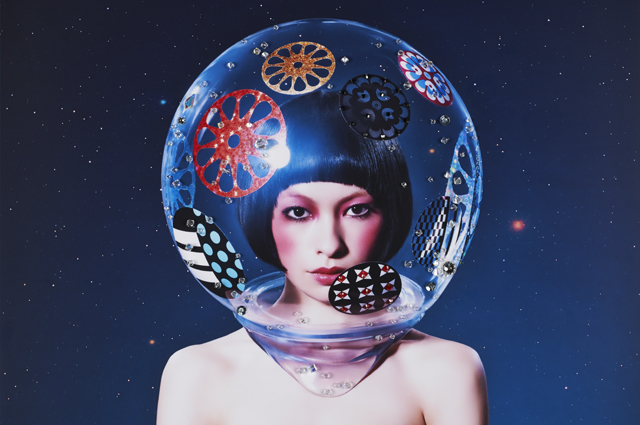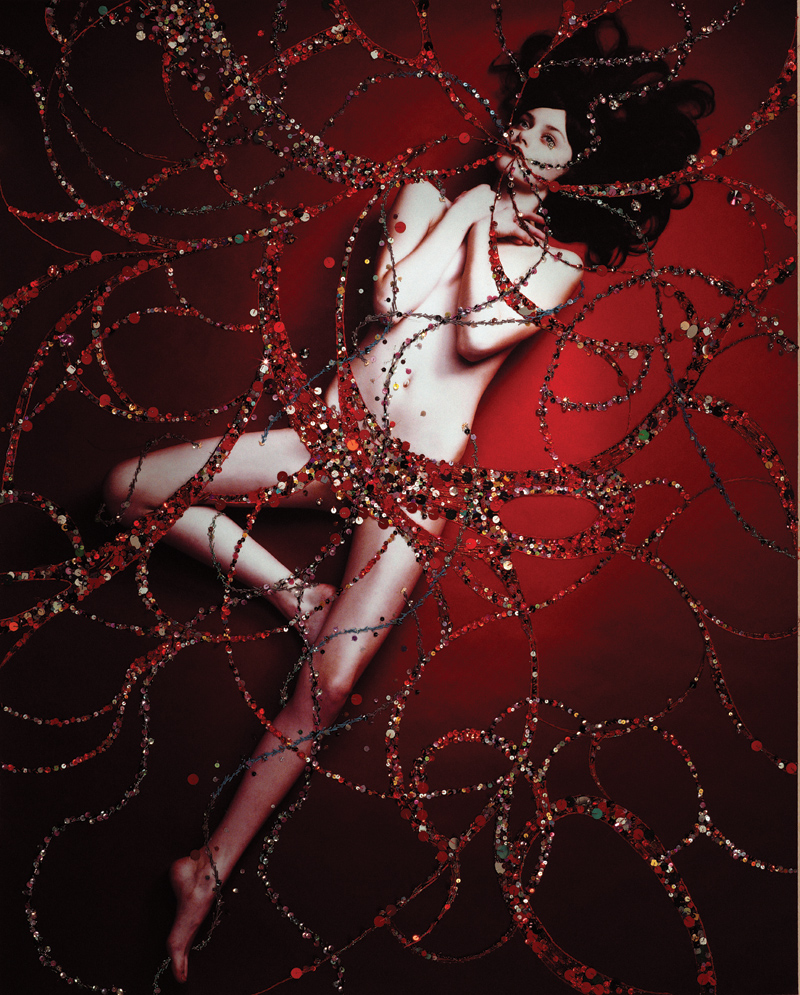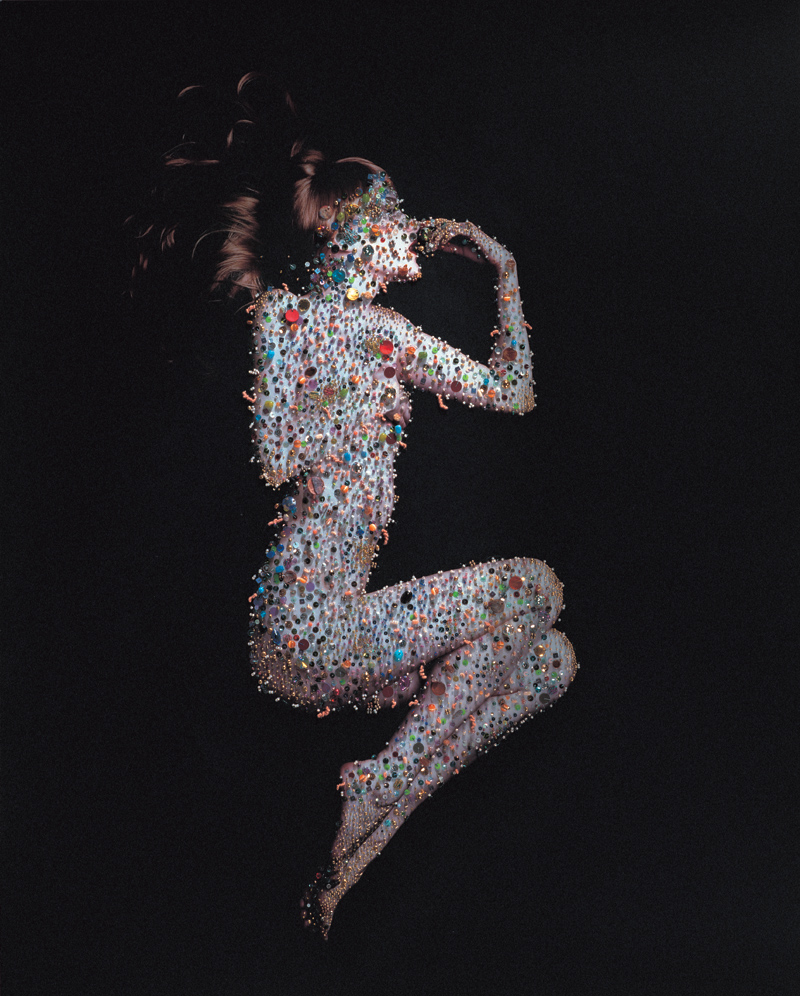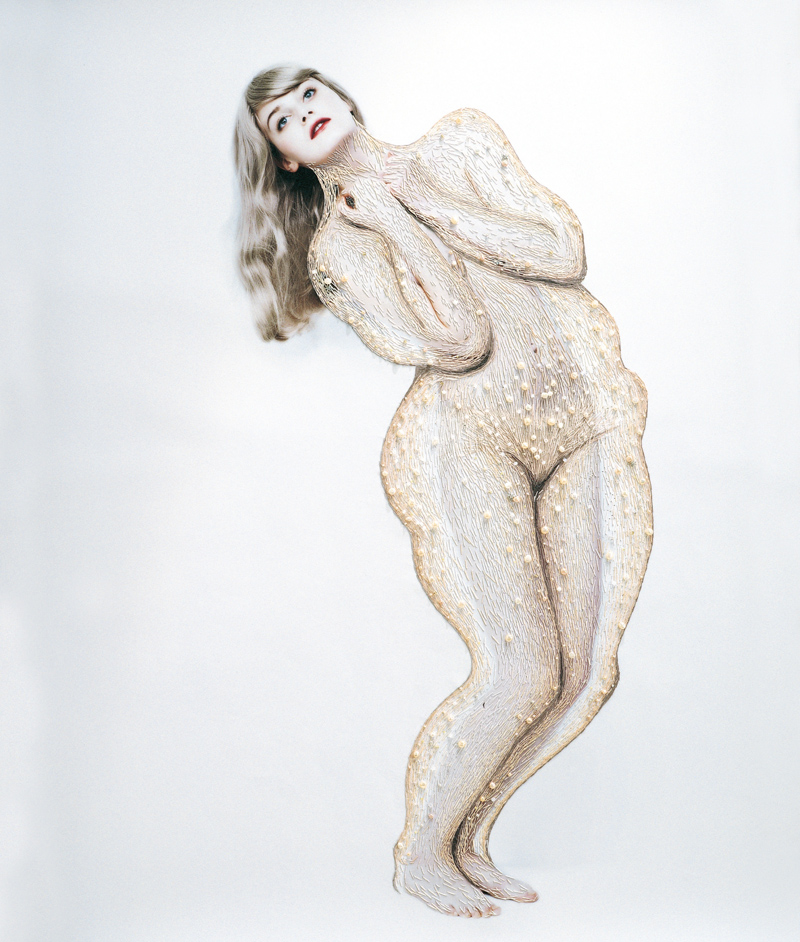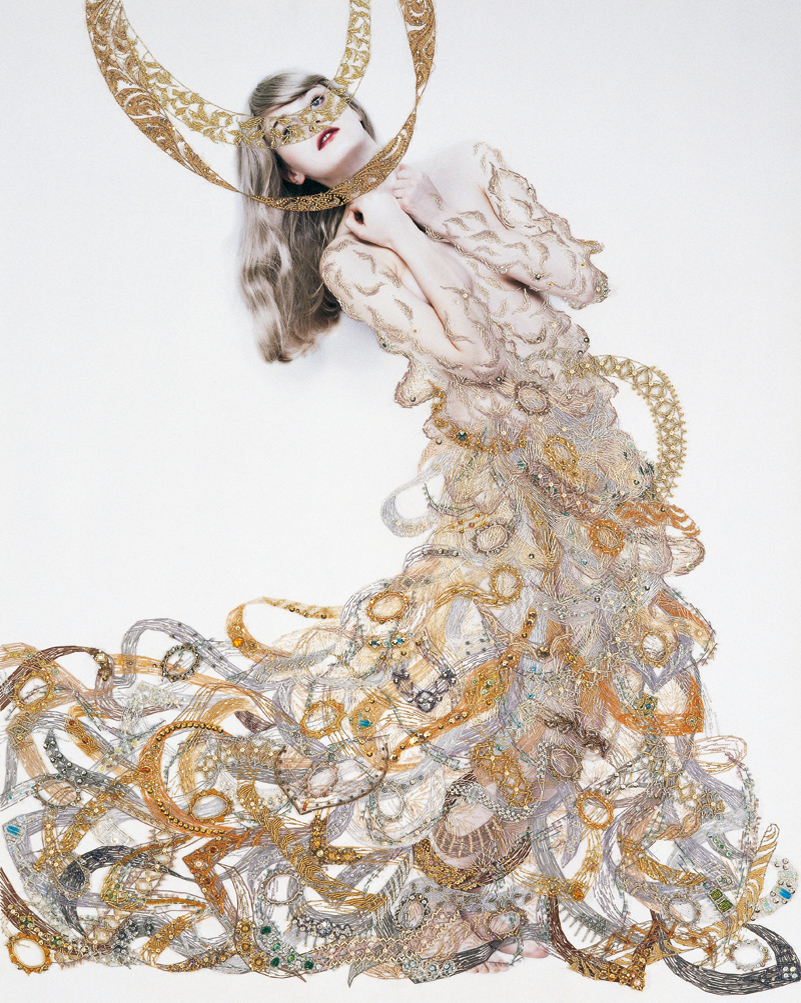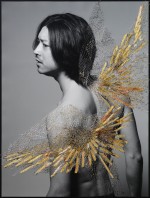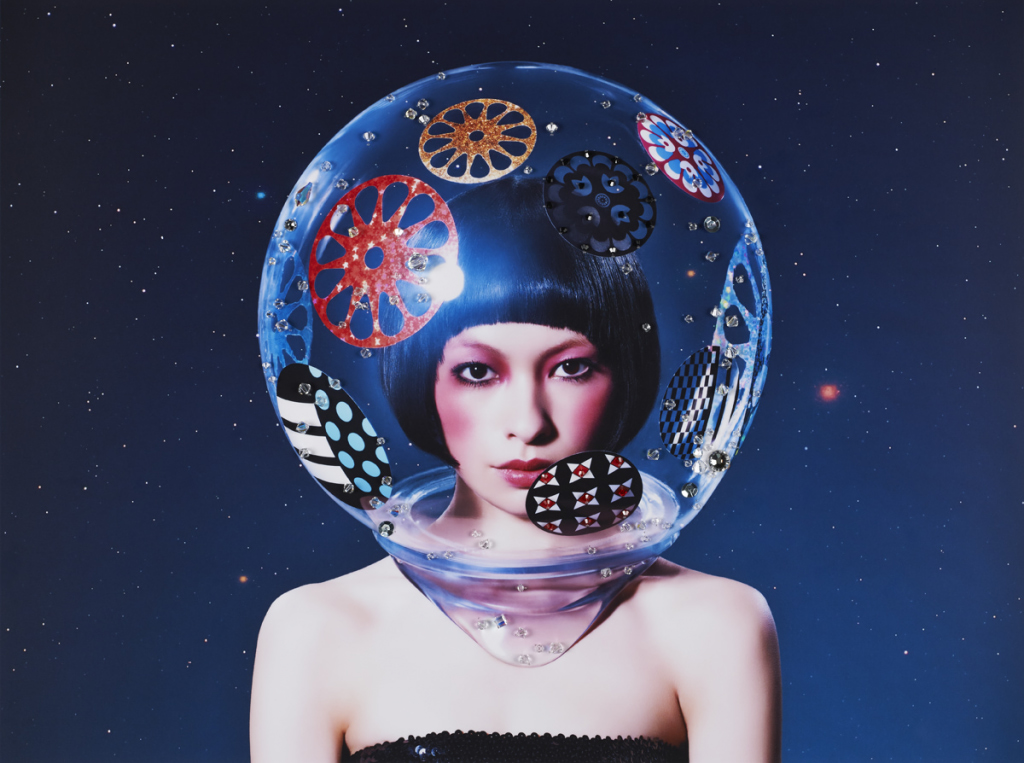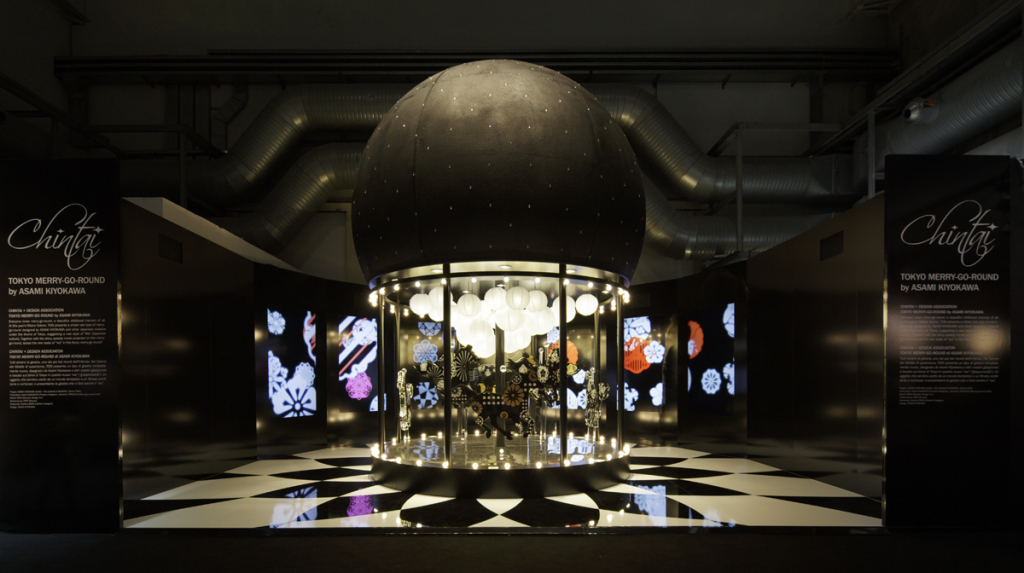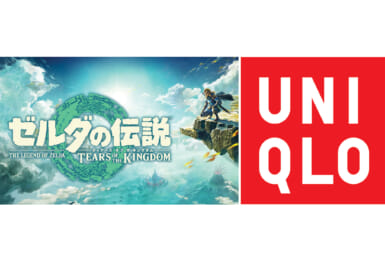The pioneering artist tells the story behind the unique style that has made her a design icon.
By Matthew Hernon
Asami Kiyokawa is simply one of the most beguiling and creative artists of her generation. From best-selling books and CD covers to various art movies, commercials, and collaborations with celebrities like AKB48, she has been involved in a wide variety of projects over the past decade or so, but it is the intricate way she amalgamates photography and embroidery for which she has become most well known.
For someone who can turn a picture into something that is both elegant and illuminating using just a needle and thread, we were surprised to discover that these were tools she didn’t particularly enjoy using growing up.
“I feel as though I was born under a lucky star … When I hope or dream for something to happen more often than not it does.”
“I don’t like doing the same things as everyone else so I was never really interested in embroidery from a traditional sense: that is, for making clothes,” she tells us. “It was actually one of my weak points at college, but then around the age of 21 I saw a needle and thread placed on a photo and I was fascinated…I started thinking about how I could start putting holes on to this shiny surface to create something that had never been seen before, a completely new genre.”
Kiyokawa tends to notice things that others might simply ignore; it’s a quality she’s had from a young age. Brought up on the tranquil island of Awaji in Hyogo Prefecture—where, as she says, “there wasn’t much to do,” she would spend much of her time observing what was around her. On moving to Tokyo following high school, she was scouted for a modeling job almost immediately. For three years she would attend photo shoots in the mornings and evenings while studying at Bunka Fashion College during the day.
This was of course before she found her unique style, and within a year of establishing it, she had won an army of supporters and began to garner awards. Following her colorful design for the cover of Kaela Kimura’s album, Real Life, Real Heart, numerous brands—from the high-end market such as Swarovski to fast fashion outlets like UNIQLO—were soon lining up to work with her. So were some of Japan’s best-known idols, including Aya Ueto, Masami Nagasawa and Meisa Kuroki. But Kiyokawa didn’t just want to embellish their beauty with pretty designs: she intended to go much deeper than that.
Images courtesy of Asami Kiyokawa
“I like to look beyond the surface,” she says. “I want my artwork to express my subject’s true personality, their inner self. Before meeting them I will check their photos or have a look at their videos on YouTube and very quickly, usually within ten minutes, I feel I have a good understanding of their character.
“It doesn’t have to be someone famous; as long as they have some originality I find it easy to work with them. That said, I do prefer working with women because I think we are more complicated. We are generally harder to read and, therefore, more unpredictable. Not only does our body shape change regularly, but so do our moods. The female form is a thing of real beauty, yet at the same time it can be scary. We have many facets to our personality and I want to portray that in my work.”
In 2010 Kiyokawa was given the task of depicting the individual characteristics of each member of Japan’s biggest pop act, AKB48. The group’s producer, Yasushi Akimoto, a man who appears to have control over every aspect of the way the girls live their lives, gave Kiyokawa artistic license to do “whatever (she) wanted.” He was, apparently, pleasantly surprised by the result: the artistic representation showed him a side of the young ladies that he hadn’t recognized.
Kiyokawa’s popularity continued to skyrocket. Whenever she held an exhibition fans came in droves. In 2012 55,000 people turned up to see her work in Omotesando Hills, a record number for the shopping mall. Her picture books have also proved very successful, selling more than half a million copies in total.
She remains very much an artist in demand, not only by companies and celebrities, but by writers as well. Kiyokawa produced the main image for renowned novelist Kanae Minato’s short story “Safaia,” and then collaborated with legendary figure Shuntaro Tanikawa on the book kamisama wa iru inai? (Is There a God or Not?). Considered by many to be Japan’s greatest living poet, the 82-year-old was high on the list of people Kiyokawa wanted to work with. She even had a premonition about it.
“I feel as though I was born under a lucky star,” she says. “When I hope or dream for something to happen more often than not it does. I get this funny feeling in my bones that I will meet with a certain person and it regularly seems to come true. That was the case with Shuntaro Tanikawa, whom I envisaged working with and then out of the blue it transpired. I have met with many interesting people down the years, but he is the one that stands out the most.”
Not afraid to step outside her comfort zone, she continues to challenge herself and in 2012 presented her first men’s collection. Known as Danshi, the images portray Exile’s Takahiro, singer Nobuaki Kaneko, and footballer Atsuto Uchida as famous historical figures, and once again proved to be a huge hit. She hopes her next publication, due out at the end of this month, is even more successful. Described by Kiyokawa as the “second portfolio in the series of her life’s work,” it is called Himitsu (Secret) and will include a number of personal photos that she has taken herself.
The next step is to raise her profile abroad. Kiyokawa’s first international exhibition will take place in Milan at the start of April, and we doubt it will be her last. Once she puts her mind to something she usually achieves it, and something tells me that we are going to be hearing a lot more about Asami Kiyokawa in the near future.
Model: Rina Ohta / Photo:Shoji Uchida / Hair and Make-up:Hirokazu Niwa(Maroonbrand) /
Art Director, Art Work, Styling: Asami Kiyokawa / Emblem Design: Leon Henki /
Produce: DESIGN ASSOCIATION NPO「TOKYO MERRY-GO-ROUND」
Project: Asami Kiyokawa (Artist) × DESIGN ASSOCIATION NPO (Toshiaki Kawamata, Akihiro Tsue) /
Production: Naoki Kawamoto (Product Designer), Kenichiro Teramichi (Merry-go-round artist) /
Movie: WOW (Synaptic Design Inc.) / Performance:PIPPI (Dancer) /
Costumes: Koshiro Ebata (Fashion Designer) / Design:Asami Kiyokawa /
Photo: Nacasa & Partners / supported by CHINTAI

